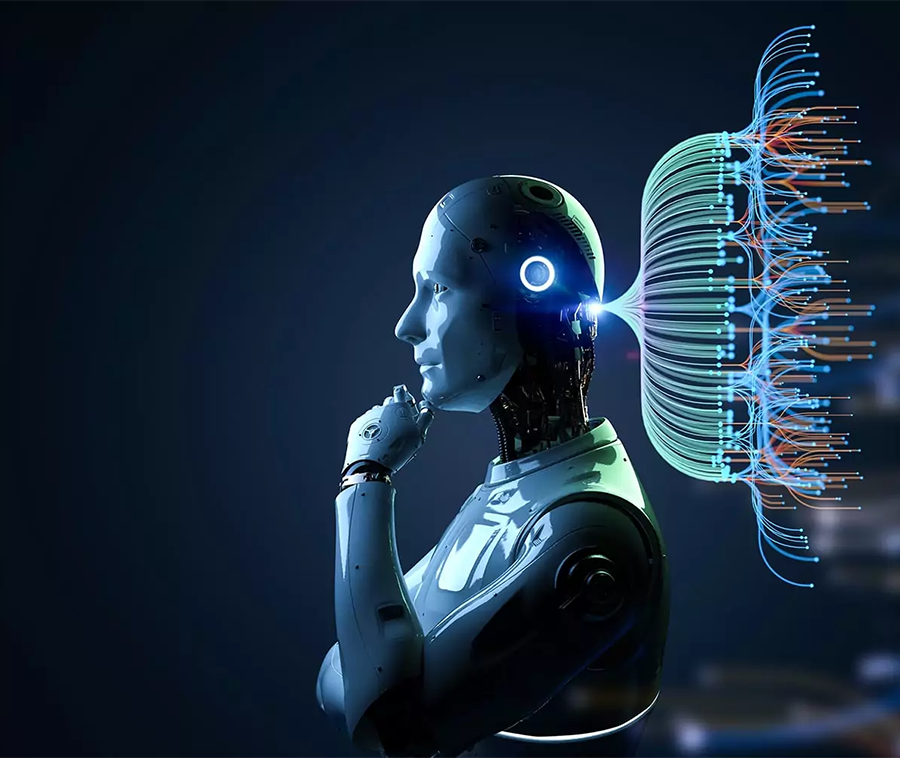
Artificial Intelligence has evolved rapidly, and one of its most fascinating branches is Generative AI. This technology can create new content, such as text, images, music, or even videos, based on the data it learns from. But the real question is: How does Generative AI work? Let’s break it down in a clear and professional way.
Generative Al Work
Understanding
Generative AI models are designed to analyze large datasets and then generate new outputs that resemble the data they were trained on. Unlike traditional AI systems, which only classify or predict, generative systems produce original content.
Core principles
Neural networks
Generative AI is powered by deep learning neural networks. These networks identify complex patterns, connections, and relationships in massive datasets.

Training process
The system learns from vast amounts of information. During training, it adjusts internal parameters to improve accuracy and better mimic human-like results.
Generative models
- GANs (Generative Adversarial Networks): These use two models the generator and the discriminator. The generator creates content, while the discriminator evaluates it, ensuring the results become more realistic with time.
- Transformers: Widely used in natural language processing, transformers excel at understanding context and producing coherent text responses.
Fine-tuning
Generative models can be fine-tuned for specific industries, such as healthcare, marketing, or entertainment, allowing tailored and precise outcomes.
Applications
Content creation
Drafting articles, designing graphics, or composing music.

Healthcare
Assisting in drug discovery by generating molecular structures.

Business automation
Crafting customer support responses and generating product descriptions.
Education
Creating personalized study materials and learning experiences.

Benefits
-
Saves time and resources by automating creative tasks.
-
Offers innovative solutions to complex business problems.
-
Enhances personalization by producing content tailored to user need
Conclusion
At its core, it learns from data, identifies hidden patterns, and produces new, valuable content across industries. With continued innovation, this technology is reshaping the way we create, design, and solve challenges. Businesses that embrace it can gain a competitive edge and unlock endless opportunities.

